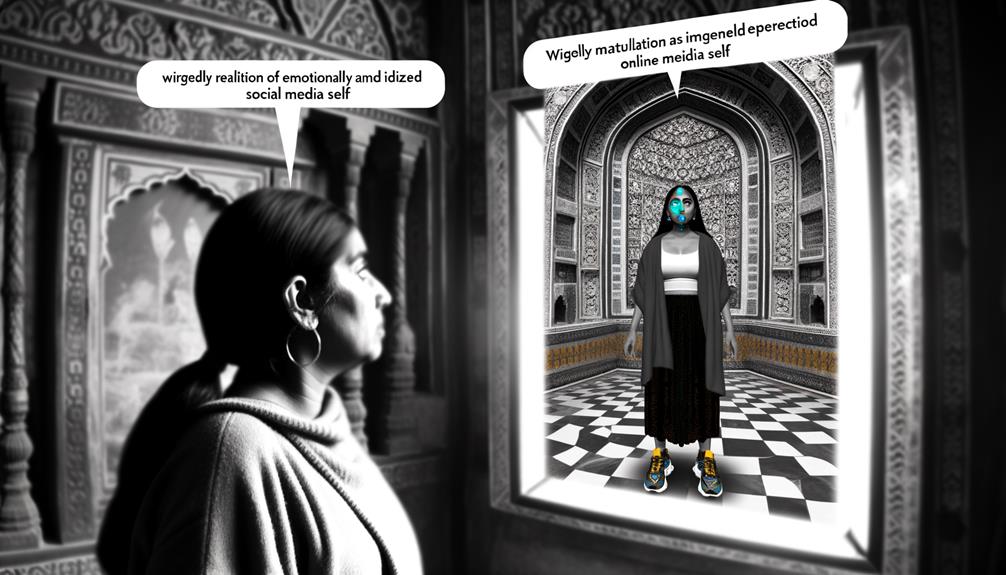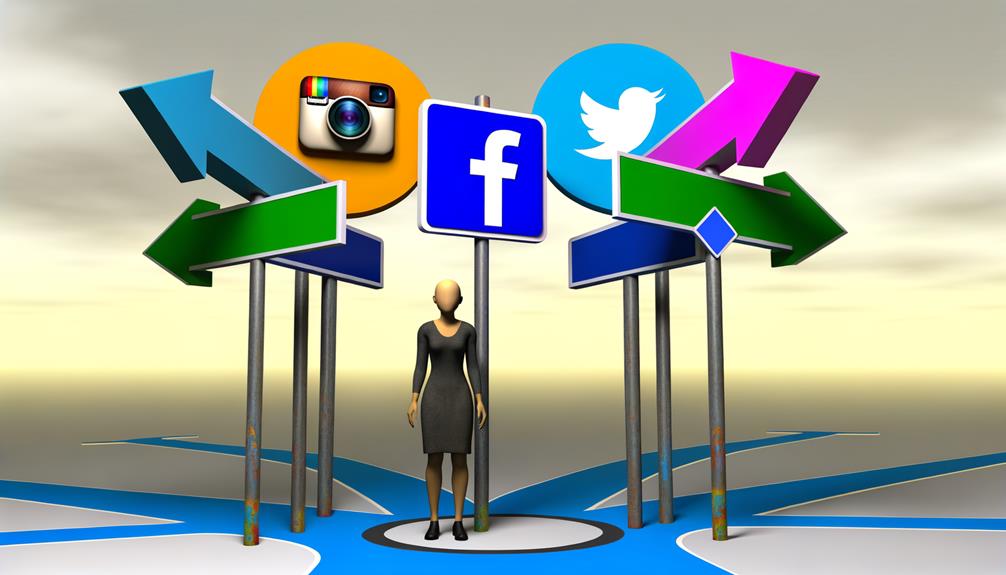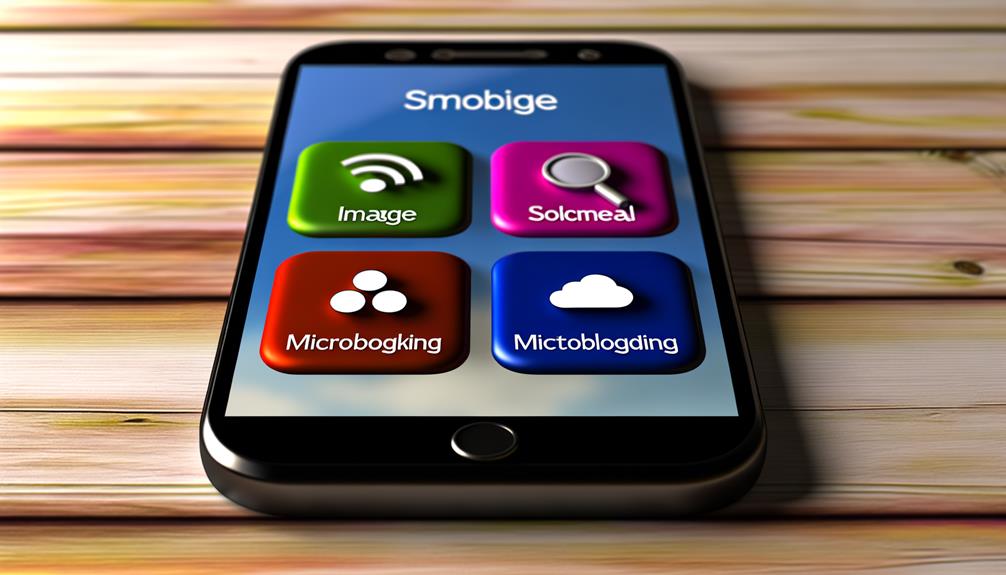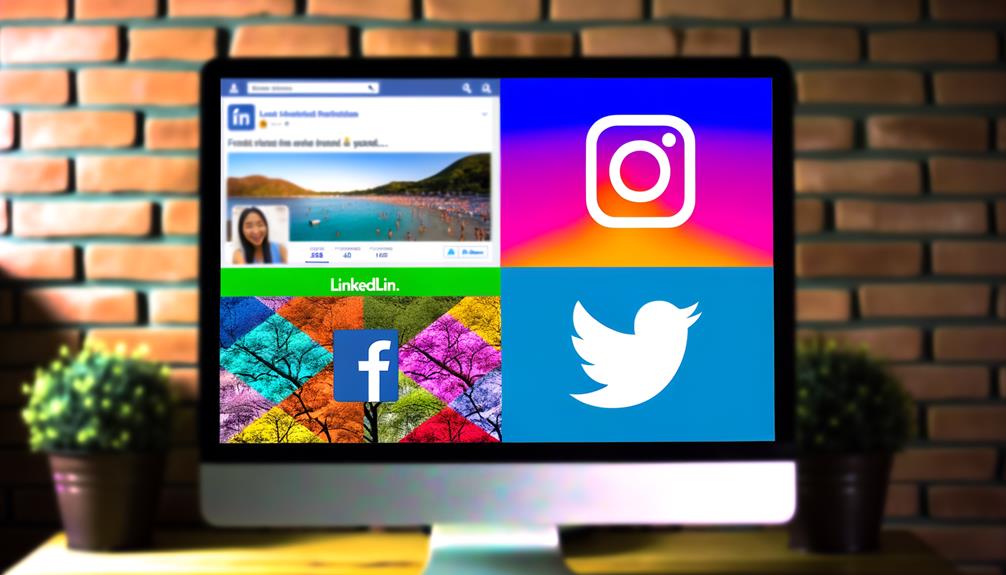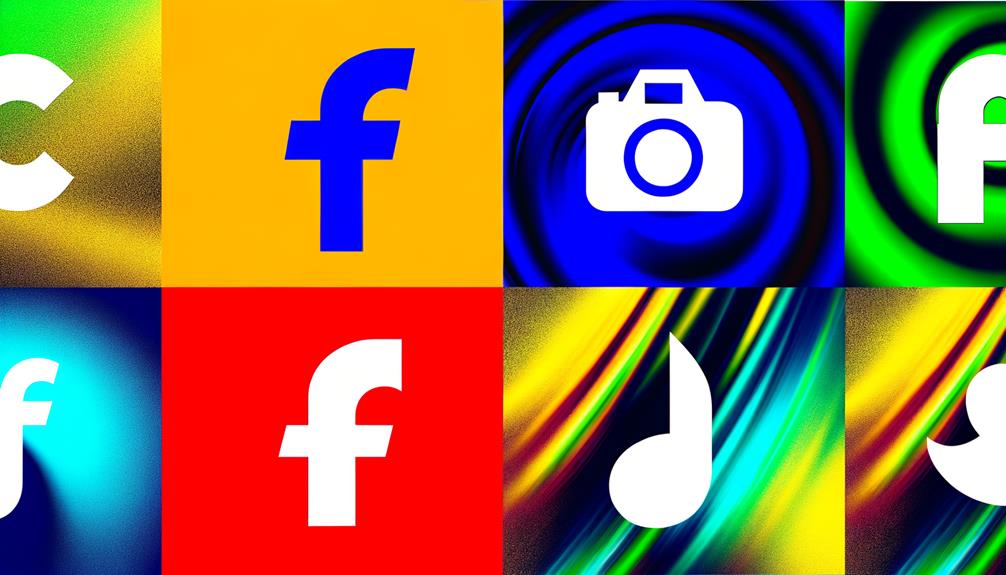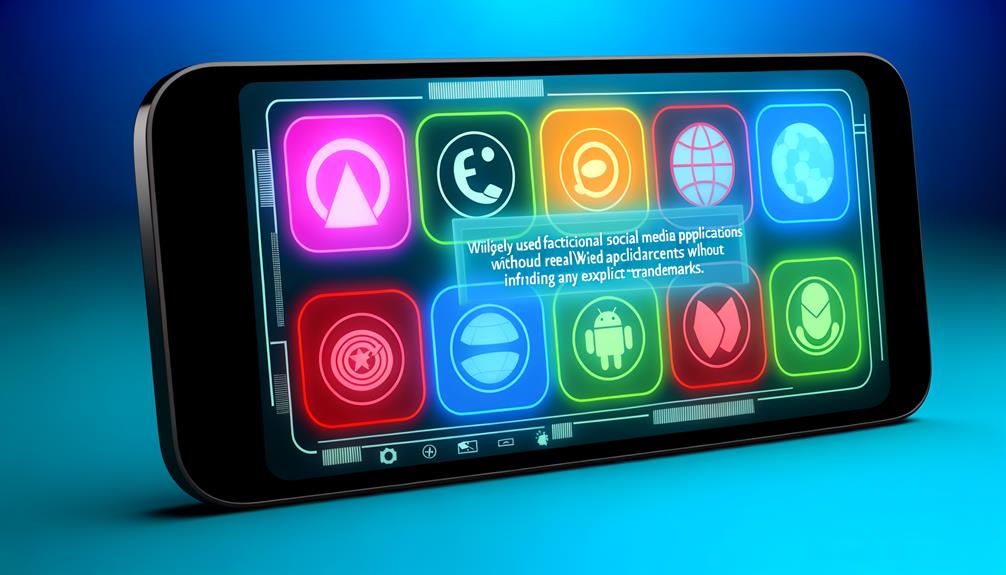Imagine tracing the roots of social media back to platforms like Six Degrees in the late 1990s, a precursor to the interconnected world we know today. From its humble beginnings to the current landscape dominated by giants like Facebook and Twitter, social media has undergone a remarkable transformation.
But have you ever wondered about the pivotal moments and innovations that have shaped this digital realm into what it is now? The journey of social media holds intriguing insights into how we communicate, connect, and share information in the digital age.
Early beginnings of Social Media
Social media platforms trace their origins back to the early days of the internet when online communities began to form and connect users worldwide. These platforms initially served as virtual meeting places where people could interact, share information, and build relationships in ways previously unimaginable. As the internet evolved, so did social media, with platforms continuously adapting to meet the changing needs and demands of users.
In the beginning, social media was simple, consisting mainly of chat rooms and forums where individuals could engage in text-based communication. However, as technology advanced, so did the capabilities of social media platforms. Features like photo sharing, status updates, and friend networks began to emerge, transforming how people connected and communicated online.
During this period, the concept of social networking started to gain traction, paving the way for the development of more sophisticated platforms that would eventually become the giants of today’s social media landscape. These early beginnings laid the foundation for the diverse and interconnected digital world we now inhabit.
Emergence of major social platforms
With the rapid advancement of technology, a multitude of major social platforms emerged, reshaping how people interact and connect online. These platforms have become integral in modern society, influencing communication, relationships, and even the spread of information. Here are some key platforms that have significantly impacted the social media landscape:
Facebook, founded in 2004, quickly rose to prominence as a platform where users could connect with friends and family, share updates, and join groups based on shared interests. Twitter, known for its character-limited posts, became a hub for real-time news updates and trends. Instagram revolutionized visual storytelling by focusing on photo and video sharing. LinkedIn catered to professionals, offering a platform for networking, job searching, and industry updates. These major platforms haven’t only transformed how we communicate but have also influenced culture, marketing strategies, and societal norms.
Impact of mobile technology on Social Media
The integration of mobile technology has revolutionized how individuals engage with social media platforms, enhancing accessibility and connectivity on-the-go. With smartphones becoming ubiquitous, people can now instantly access their favorite social networks anytime and anywhere. The convenience of mobile devices has led to a significant increase in the overall usage of social media, as users can quickly check updates, share content, and communicate with others seamlessly.
Moreover, mobile technology has also spurred the development of social media apps specifically optimized for smartphones, offering a more user-friendly experience tailored to smaller screens. Features like push notifications ensure that users stay connected in real-time, alerting them to new messages, likes, and comments promptly. The ability to capture and upload photos and videos directly from mobile devices has further enriched the social media experience, enabling instant sharing of moments and experiences with friends and followers.
As mobile technology continues to advance, it will undoubtedly shape the future landscape of social media, making it even more integrated into our daily lives.
Evolution of visual content sharing
Mobile technology’s impact on social media paved the way for a dynamic shift towards the evolution of visual content sharing. As social media platforms adapted to accommodate the growing trend of visual content consumption, users like you have witnessed significant changes in how information is shared and consumed online. Here are some key aspects of the evolution of visual content sharing:
- Rise of Image-Centric Platforms: Platforms like Instagram and Pinterest have gained immense popularity, focusing primarily on visual content sharing.
- Short-Form Video Content: The emergence of platforms like TikTok and Instagram Reels has revolutionized how users engage with short, creative videos.
- Augmented Reality Filters: Social media platforms now offer interactive AR filters, allowing you to enhance your photos and videos in real-time.
- Visual Stories: The introduction of features like Snapchat Stories and Instagram Stories has encouraged ephemeral sharing of visual content, adding a sense of urgency and exclusivity to posts.
These trends highlight the continuous evolution towards more immersive and engaging visual content experiences in the realm of social media.
Social media’s role in modern society
Social media plays a pivotal role in shaping and influencing modern society. It has become a cornerstone of communication, connecting individuals across the globe in real-time. Platforms like Facebook, Twitter, Instagram, and LinkedIn have revolutionized how people interact, share information, and express their opinions. Social media serves as a powerful tool for spreading awareness, mobilizing movements, and catalyzing social change. It has the ability to amplify voices that were once marginalized, giving a platform for diversity and inclusion.
Moreover, social media plays a significant role in shaping consumer behavior and influencing purchasing decisions. Through targeted advertisements and influencer marketing, platforms have transformed into shopping hubs where users can discover new products and trends with just a scroll. Additionally, social media serves as a hub for news dissemination, with many individuals turning to platforms for real-time updates on current events.
Conclusion
As you reflect on the history and evolution of social media, you can’t help but marvel at the incredible journey it has taken. From humble beginnings to becoming an integral part of modern society, social media has truly revolutionized the way we connect and communicate.
Its impact is so immense, it’s like a tidal wave of change sweeping across the digital landscape.
So keep scrolling, sharing, and engaging – because the story of social media is far from over.


